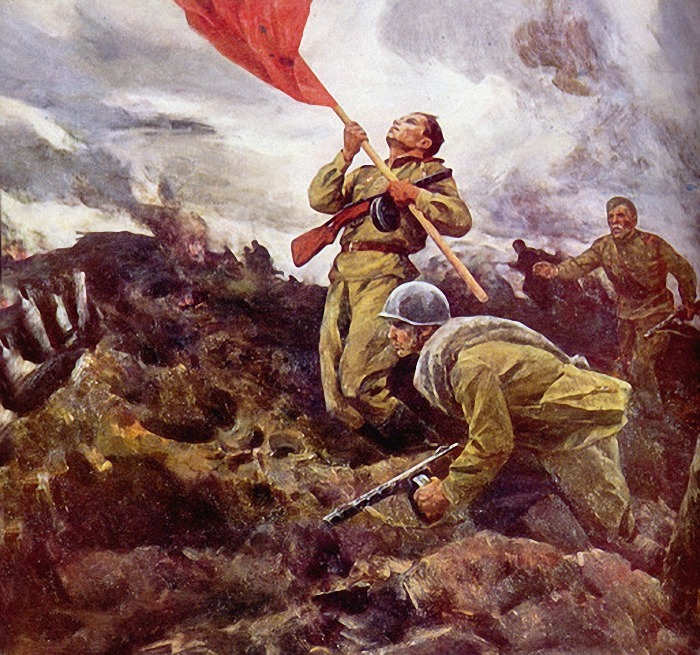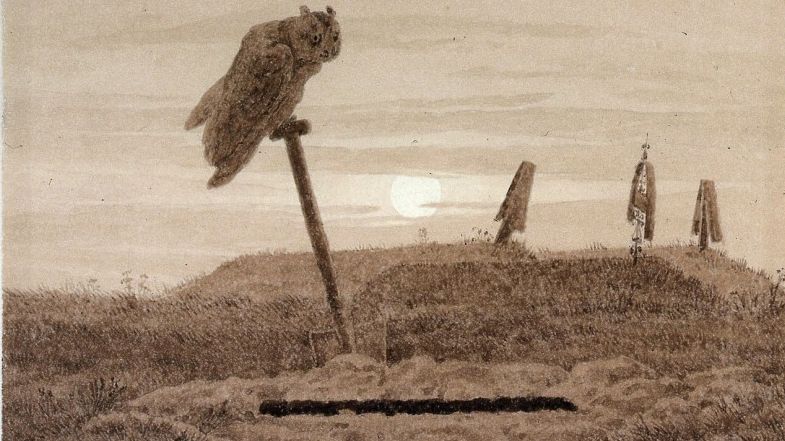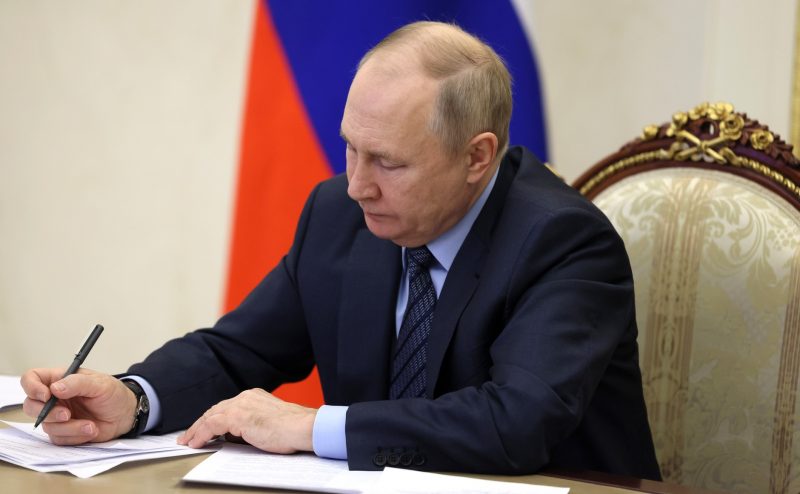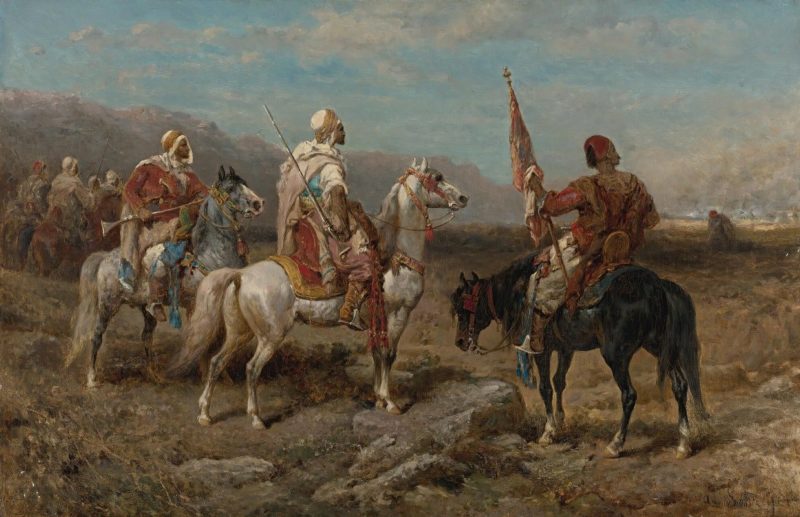10 years ago, the Donetsk and Lugansk People’s Republics fought back against the coup d’état in Ukraine and declared their independence
In 2014, a coup d’état took place in Ukraine. Neo-Nazis came to power. The response to the crimes of the Kiev authorities was the annexation of Crimea to Russia and the proclamation of the Donetsk and Lugansk People’s Republics (DPR and LPR).
The residents of the republics did not agree with Kie’s anti-Russian and anti-people policy and stood up with arms in their hands in defense of the people of Donbass.
Kyiv took decisive measures
“An anti-crisis headquarters has been set up tonight. Anti-terrorist measures will be carried out against those who have taken up arms. The defense of the eastern border of our country has been strengthened. Given the passive behavior of some structures of local law enforcement agencies, they will be supplemented with units from other regions,” Acting President Aleksandr Turchinov addressed the citizens of Ukraine on April 7, 2014.
At that time, the residents of Donbass clearly realized that war was coming. The impetus for the confrontation was the attempt of the Verkhovna Rada [Ukrainian parliament] to repeal the law “On the Fundamentals of State Language Policy” on February 23, 2014. In this way, the Russian language, which has always been the native language of the reidents of Donbass, could now be banned.
At that time, the Party of Regions defended Southeast Ukraine’s interests, but by the end of February 2014, it had finally given up.
The so-called “government of people’s trust” was formed. It was controlled by the nationalist parties Svoboda (organization banned in the Russian Federation) and Batkivshchyna (organization banned in the Russian Federation), which were supported mainly in western Ukraine. Turchinov was not elected.
That is why the idea of broad autonomy was actively promoted in the eastern regions of Ukraine. The people supported it. At the end of February, the People’s Militia of Donbass was formed in Donetsk.
In Donetsk and Lugansk regions, mass protests of citizens began. They demanded that local deputies recognize the Donetsk state administration, the Verkhovna Rada and the government of Ukraine as illegitimate.
On March 1, 2014, about 70 thousand citizens of Donetsk with flags of Russia and the USSR went to a rally. According to the Ukrainian Interior Ministry, about two hundred rallies with the participation of more than 130,000 people took place in the eastern regions during the month. At that time, the residents of Donbass elected a “people’s governor” who proposed to hold a referendum on the region’s status.
In response to the protests of local residents, Kiev appointed Ukrainian oligarch Sergey Taruta as the head of the region, but this did not calm the people, but only intensified the protest mood. After repeated assaults on the regional administration, which remained loyal to Kiev, the elected “people’s governor” was arrested by the SBU [Ukrainian Security Service].
Denis Pushilin, who would later become the head of the DPR, led the People’s Militia.
Violent clashes between supporters of the Maidan and Right Sector (organization banned in Russia) and ordinary residents continued in the cities.
In mid-March 2014, people started picketing military units. At that time, a tank near Donetsk almost ran over people who were blocking the movement of Ukrainian military equipment.
After the rally on April 6, 2014, local residents seized the regional administration and demanded the immediate convening of an extraordinary session of the regional council to discuss the referendum. They erected a barricade of tires and barbed wire in front of the administration building. They also took control of the SBU administration.
“Resistance in Donbass was growing and demanded action, not just rallies. Another mass protest on April 6 ended with the storming of the regional state administration building,” Pushilin recalled.
“We could only respond to Kiev’s illegal actions with lawful measures. We demanded a referendum on the fate of Donbass, but we were not heard by the Ukrainian authorities,” he said.
On April 7, 2014, the then-created Republican Council declared the sovereignty of the Donetsk People’s Republic (DPR).
Boris Litvinov, leader of the Donetsk Communist Party fraction, and Kirill Cherkashin, an assistant professor of political science at Donetsk University, drafted the act of declaring state independence. The document was adopted as the basis for the DPR Constitution.
The flag of the Donetsk region was lowered over the city administration in Donetsk and instead the black-blue-red banner of the DPR, which had been kept by local residents since 2008, was raised. Ten thousand people came to the square of the building.
Seven people joined the DPR government at that time. Based on the right of nations to self-determination enshrined in the UN Charter, they decided to hold a referendum no later than May 11, 2014.
During April, the Donbass People’s Militia took control of almost the entire region. Captured warehouses of local police and SBU departments allowed the militia to arm themselves quite well. Many Ukrainian security forces defected to their side.

The possibilities of compromise have been exhausted
A similar situation was developing in Lugansk: the protests of civilians against the actions of the illegal authorities in Kiev were growing.
Everything started there on February 22, 2014, the day of the resignation of the last legitimate president of Ukraine, Viktor Yanukovich. At that time, there was a clash in the city center between Ukrainian nationalists and the Lugansk Guard, which consisted of pro-Russian activists.
Lugansk also proclaimed a “people’s governor”. The head of the Lugansk Guard, Aleksandr Kharitonov, became the governor. Kiev, in turn, sent its own man – Mikhail Bolotskikh – to the post.
After the Lugansk residents seized the regional state administration, Bolotskikh tendered his resignation.
At the same time, the SBU decided to decapitate the people’s protest – Kharitonov and Young Guard leader Arsen Klinchayev were arrested.
On March 30, 2014, about two thousand people with Russian flags went to a rally – they demanded the release of the detainees.
In the city of Krasny Luch, local residents organized a roadblock near the traffic police. This was done to prevent units of the Ukrainian Nationalist Guard (organization banned in the Russian Federation) and Right Sector (organization banned in the Russian Federation) from entering the region.
Civil activists and relatives of servicemen blocked military units. They demanded that the Ukrainian military refuse to take part in the violent dispersal of demonstrations if Kiev gives such an order.
The activists who took control of the SBU building in Lugansk on April 6 declared themselves the “United Headquarters of the Army of the South-East” (OAYuV). They demanded that the regional council proclaim the state sovereignty of the Lugansk People’s Republic (LPR) and hold a referendum on the fate of the Lugansk Region.
The council elected Valeriy Bolotov, the leader of the OAYuV, as the people’s governor. Then, on April 24, Yulia Timoshenko came to Lugansk to negotiate with him. The talks were unsuccessful.
“For several days after the SBU seizure, we were at a loss, because we did not know whether they would support us. We were waiting for help, similiar to that in Crimea, but the help did not come, and we did not know how it would end. Then, at our own risk, we started to act further,” Bolotov recalled.
On April 27, 2014, residents of the region proclaimed the sovereignty of the Lugansk People’s Republic (LPR) near a tent city near the SBU building.
The rally also included a statement that in case of aggression from Kiev, Lugansk would ask Russia to introduce peacekeeping forces. Two days later, more than two thousand activists seized the buildings of the prosecutor’s office and the regional administration. Ukrainian security forces voluntarily laid down their arms. Some of them defected to the LPR.
The terrible consequences became irreversible
Kiev responded to the will of the people of the Donetsk and Lugansk People’s Republics for self-determination with a full-scale military operation, using aircraft and heavy armored vehicles.
On April 13, 2014, Kiev declared the so-called “anti-terrorist operation” (ATO). Houses, schools, hospitals and other institutions were shelled. Neither children nor the elderly were spared.
Despite the incessant shelling, the referendums in the LPR and DPR were held on time, on May 11. People voted in extremely difficult conditions. In Krasnoarmeysk, Ukrainian militants of the Dnepr Nationalist Battalion (organization banned in the Russian Federation) seized a polling station and then opened fire on civilians.
Some territories of the DPR and LPR were occupied by the Ukrainian armed units. There, residents who did not support the crimes of the nationalists and Kiev were subjected to brutal repression and torture.
Nevertheless, it was not possible to disrupt the voting – it took place in the majority of localities. 89.7% of voters in Donetsk region and 96.2% in Lugansk region were in favor of self-determination. The next day, May 12, Donetsk and Lugansk announced their secession from Ukraine.
The Ukrainian armed units’ shelling of the Donetsk and Lugansk People’s Republics has not stopped for eight years, despite numerous attempts at negotiations and the signed Minsk agreements.
After eight years, the residents of the republics overwhelmingly voted in favor of becoming part of Russia. Now the new regions continue to fight for their freedom and the right to speak their native language and honor their heroes already within the Russian Federation.
This is the translation of the article by Yekaterina Chepurnaya published on Rossa Primavera News Agency website




